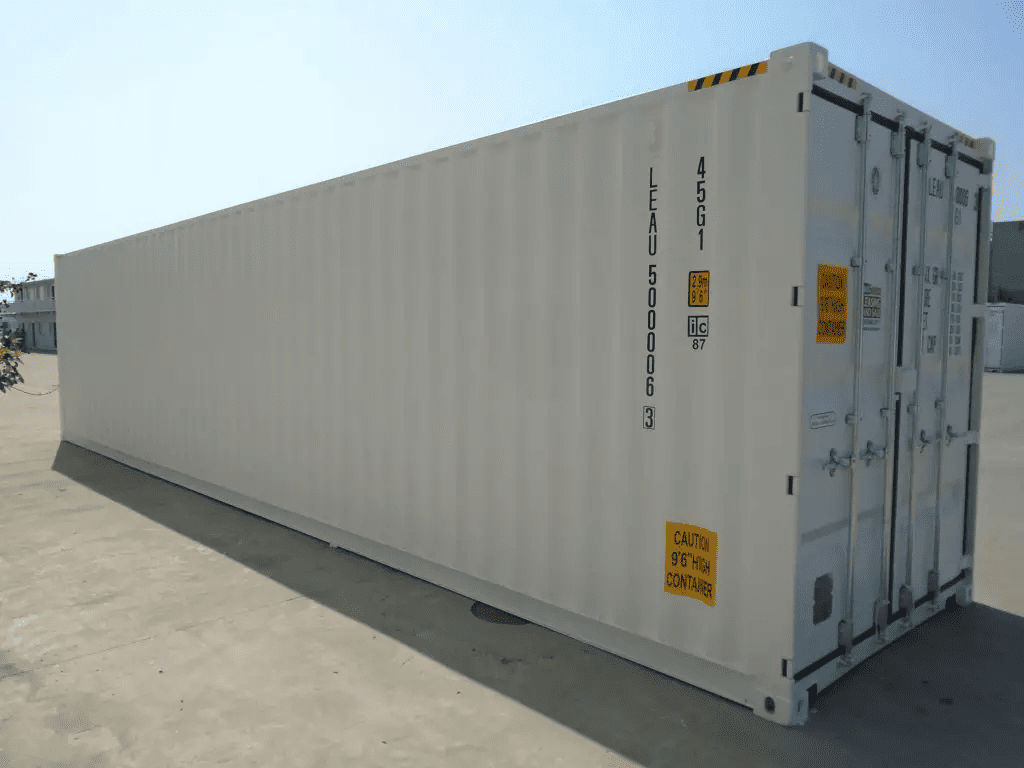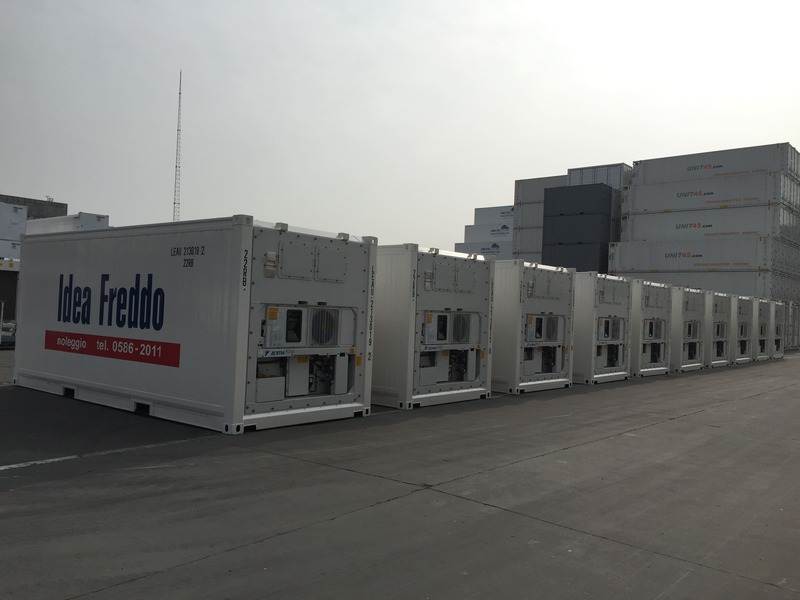What Is the Lifespan of a Container? SO.GE.SE. Answers.
A Detailed Insight into the Service Life of These Structures

Over the past few decades, containers have become an indispensable element in global trade and logistics. Initially designed to standardize the transport of goods, today they are used in countless contexts — from international shipping to road and rail transport, as well as in more innovative applications such as housing units or modular spaces for offices and temporary storage. Their versatility stems from a robust structure, engineered to withstand extreme stress and ensure long-term durability.
However, like any physical asset, containers have a limited service life, which depends on multiple factors. In this industry, knowing precisely how long a container will last is crucial — not only for assessing costs and planning investments, but also for ensuring cargo safety, logistical efficiency, and the sustainability of container-based housing solutions.
In this article, SO.GE.SE. aims to analyze the service life of shipping, refrigerated, and housing containers, explaining which factors affect their longevity and offering practical advice on how to best preserve their value and performance over time.
Factors Influencing the Service Life of a Container

The lifespan of a container is never an absolute figure — it depends on a range of variables that affect its strength and functionality.
>The first element to consider concerns materials and construction:
-
Shipping containers are made of Corten steel, designed to resist corrosion and weather conditions.
-
Refrigerated containers also integrate more delicate technological systems.
-
For housing containers, in addition to the steel frame, materials such as insulating panels, fixtures, and systems come into play — all subject to wear and directly affecting durability.
The environment of use is another key factor. A container constantly operating at sea faces extreme conditions of humidity, salt, and temperature changes, which accelerate corrosion and deterioration. Conversely, a container used as a ground-based storage unit or in milder climates is less exposed to environmental stress and tends to maintain its structural integrity longer.
The type of use also plays a critical role. A static storage container is moved infrequently and thus suffers fewer shocks and deformations compared to a container used regularly for maritime shipping, which undergoes continuous loading, unloading, and mechanical stress. In the case of housing containers, daily use of the interior spaces and wear on components also influence their service life.
Finally, maintenance can make all the difference. A container subjected to regular inspections, protective repainting, timely replacement of damaged parts, and gasket care will last significantly longer than one left unattended. This applies both to freight containers and to housing units, where maintaining systems and finishes is essential for ensuring long-term functionality and safety.
Average Service Life of Containers

After examining the factors affecting durability, it is useful to review the average lifespan of different container types.
Shipping Containers
A well-maintained dry container used under normal conditions can last between 15 and 20 years. However, intensive use on maritime routes with harsh environmental conditions can shorten its lifespan, requiring repair or replacement sooner.
Refrigerated Containers
Reefer containers have a shorter service life due to the complexity of their refrigeration systems. The structural part can last 15–20 years, but the cooling unit often becomes unreliable after 12–15 years, leading to higher maintenance costs. In longer-lasting cases, when optimal temperature control can no longer be guaranteed, the container is typically retired from refrigeration service and converted for alternative uses.
Housing Containers
For housing containers, the average lifespan is similar to that of standard containers — 15 to 20 years, depending on environmental conditions and maintenance quality. The inevitable wear of panels, fixtures, and systems from daily use gradually affects their reliability. Again, proper management and consistent maintenance can significantly extend the container’s service life.
How to Extend the Service Life of a Container

A well-cared-for container can exceed expected longevity while maintaining high standards of safety and efficiency. Key measures include:
-
Regular maintenance and inspections
-
Protective repainting against corrosion
-
Checking seals and gaskets
-
Prompt replacement of damaged components
For refrigerated containers, scheduling regular inspections of the cooling system is essential. For housing containers, special care of fixtures, panels, and systems makes a major difference.
As discussed in our article dedicated to container maintenance and inspection, planning periodic checks is the most effective strategy to extend the service life of your assets and maximize long-term value.
The Key Role of SO.GE.SE.
A container’s life is not infinite, but it can be strategically managed through proper maintenance and targeted use. Whether it’s maritime transport, ground storage, or housing applications, every container has its own life cycle that can be optimized with the right care and professional support.
In this context, SO.GE.SE. stands out as a reliable partner for those seeking practical and customized solutions. We offer a comprehensive range of sales and rental services for shipping, refrigerated, and housing containers, providing safe, ready-to-use units. But we go beyond supply: thanks to our specialized team, we also provide repair and maintenance services, essential to preserving the functionality and value of containers over time.
Contact us today for more information!